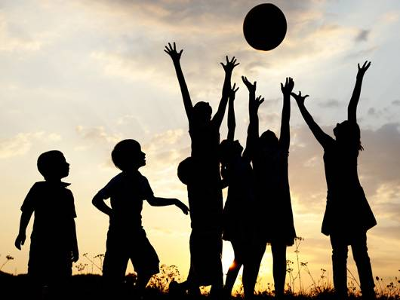Avoid kids’ foot problems with the right shoes by Houston Podiatrist Sherman Nagler
Fast Facts about Podiatric Medicine by APMA
January 13, 2017Diabetes facts by Dr. Sherman Nagler
February 1, 2017 #1 Shoes should fit
#1 Shoes should fit
Your child’s feet can grow up to two sizes in six months, so you need to account for growth when buying shoes. That doesn’t mean you should buy shoes that are too big—oversized shoes cause the foot to slide forward, putting excessive pressure on the toes. A good fit is about a finger’s width from the end of the shoe to the tip of the big toe.
Tight shoes can cause blisters, corns and calluses on your child’s toes, blisters on the back of the heels or worse, ingrown nails, which can become infected. Signs of infection from ingrown nails include pain, redness or fluid draining from the area. If you notice any of these symptoms, schedule an appointment with Dr. Sherman Nagler who can perform a simple, safe in-office procedure to remove the nail.
#2 Shoes wear out
Shoes lose their shock absorption over time, so inspect new and old shoes for proper cushioning and arch support.
Replace any shoes with wear and tear around the edges of the sole. When buying shoes, check to see that the toe box flexes easily and the shoe doesn’t bend in the middle of the sole.
Worn-out shoes elevate the risk for heel pain, Achilles tendonitis and even ankle sprains and stress fractures.
#3 Children with flat feet
Children with flat feet need shoes with a wide toe box, maximum arch support and shock absorption. The best shoes to buy are oxford, lace-up shoes that have enough depth for an orthotic insert if necessary.
Call Dr. Sherman Nagler “Houston’s Foot Doc” for all kid foot problems. 713.529.1010


